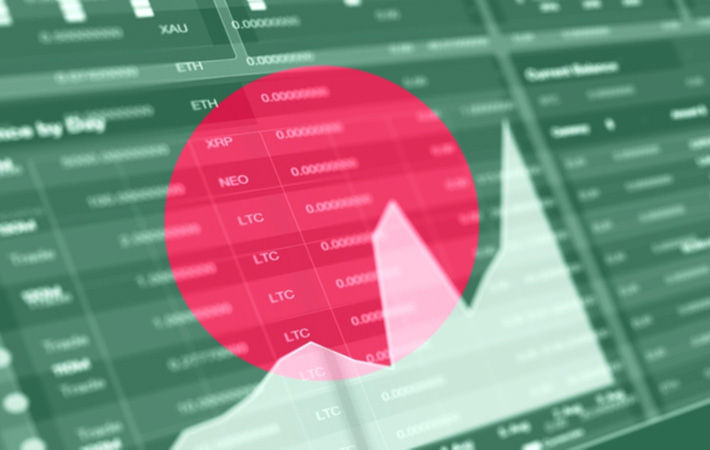Moody’s Investors Service recently affirmed Bangladesh’s long-term issuer and senior unsecured ratings at Ba3 and maintained a stable outlook. The short-term issuer ratings stand at ‘Not Prime’. The affirmation came following Moody’s consideration that the growth rebound following the pandemic will continue to anchor macroeconomic and external stability.
Moody’s expects real gross domestic product (GDP) growth to reach 6 per cent in fiscal 2021-22 and 6.5 per cent in fiscal 2022-23, driven by exports and domestic demand.
Nevertheless, the debt burden remains moderate, and Moody’s expects it to remain below 40 per cent of GDP over the next few years, anchored by strong growth.
Moody’s Investors Service recently affirmed Bangladesh’s long-term issuer and senior unsecured ratings at Ba3 and maintained a stable outlook. The short-term issuer ratings stand at ‘Not Prime’. The affirmation came following Moody’s consideration that the growth rebound following the pandemic will continue to anchor macroeconomic and external stability.
Moreover, continued access to concessional funding (30 per cent of Bangladesh’s general government debt and more than 70 per cent of government external debt), even after pandemic-related support expires, is key to mitigating debt financing costs.
The rating affirmation also considers increased vulnerability to future shocks as structural challenges have been exacerbated by the pandemic. The challenges include addressing infrastructure needs and low levels of human capital, both of which constrain greater foreign investment and limit prospects for economic diversification over the medium term.
Bangladesh’ local-currency (LC) and foreign-currency (FC) ceilings are unchanged at Baa3 and Ba2, respectively, Moody’s said in a note.
As of December 2021, about 25 per cent of loans in the banking system of the country were restructured or rescheduled.
Fibre2Fashion News Desk (DS)


:max_bytes(150000):strip_icc()/Health-GettyImages-2190548475-32f16dd1c0b0453f9de5c8c766097399.jpg)


